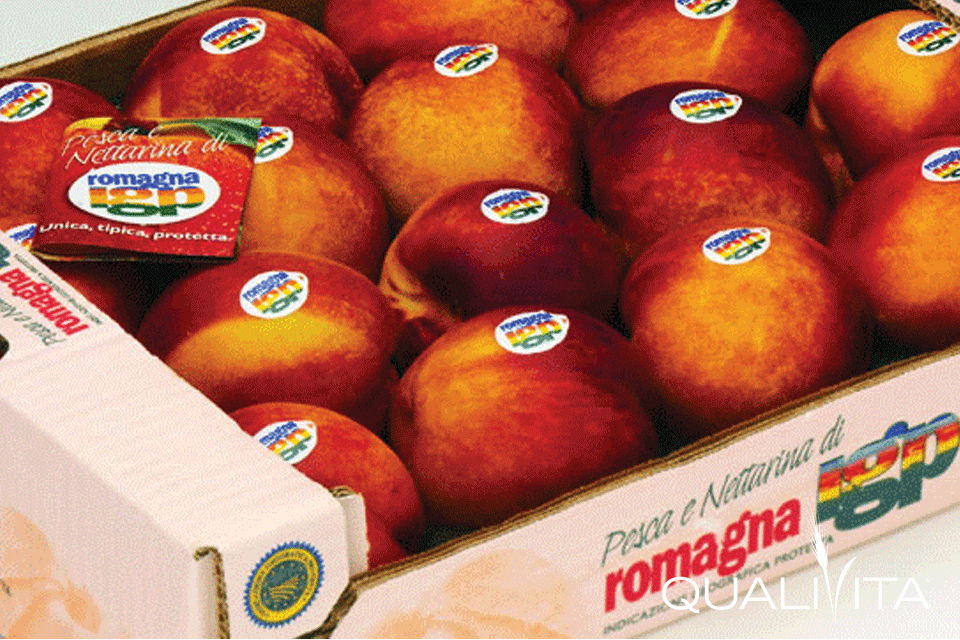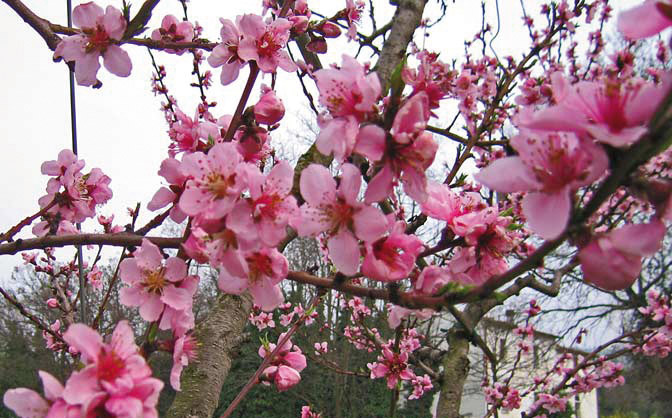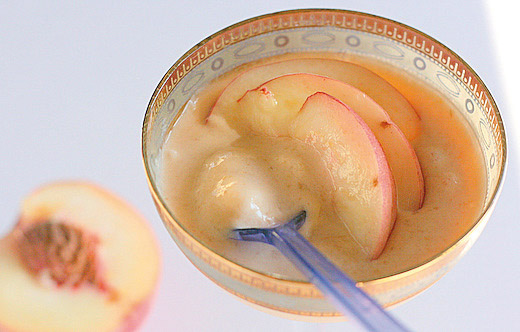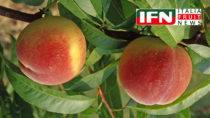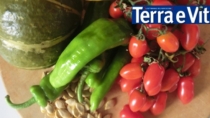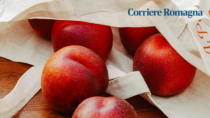Description
The Pesca e Nettarina di Romagna PGI refers to fresh peaches and nectarines deriving from different varieties of the species Prunus persica L., distinguishable by their colour and pulp.
Production Area
The production area of Pesca e Nettarina di Romagna PGI is within numerous municipalities in the provinces of Bologna, Forlì-Cesena, Ferrara and Ravenna, in the Emilia-Romagna region.
Production Method
The plantation systems used are those which are traditionally used in the area. The permitted training methods are: “Emiliano vase” and modified versions of it; the “palmetta”, “transverse Y”, and “tall spindle” wall training systems and modified versions of them. Where possible, integrated or organic pest control must be used. Harvesting is generally carried out by hand between late spring and the end of summer. If stored, the fruit must be refrigerated: the humidity and temperature within the refrigerated cells must ensure that the fruit maintain their distinctive qualitative characteristics.
Appearance and Flavour
Nettarina di Romagna PGI is different from Pesca di Romagna PGI because its skin is smooth, fuzz-free and luminous. Both fruit can have white or yellow pulp. Pesca e Nettarina di Romagna PGI have a round shape (more or less flattened) and a minimum diameter of 67 mm, with the exception of those destined for processing, which may have a smaller diameter. The skin is red with yellow and orange hues. The pulp is sweet and succulent, and they have an intense and characteristic smell.
History
The origins of Pesca e Nettarina di Romagna PGI date back to the 19th century, when several peach tree orchards were planted in the Province of Ravenna. Since then, fruit orchards have become widely spread throughout various areas in the provinces of Bologna, Ferrara and Forlì, and over the years the product has become increasingly more well-known, popular and commercialised, also abroad. The Emilia Romagna region’s vocation for this type of production is confirmed by its role during the establishment of specialised Italian fruit-growing, and in having been a leader in terms of quantities produced in Italy since the end of the Second World War.
Gastronomy
Pesca e Nettarina di Romagna PGI are generally eaten when the fruit are fully ripe and have an intense and characteristic smell. The nectarine can also be eaten when it is less ripe, when the pulp is still firm and crunchy. Both the peach and the nectarine can be bought before they are fully ripe, so that they will keep for longer. They are best kept in a paper bag, at room temperature, for two or three days, after which they will have reached the perfect level of ripeness and sweetness. Only ripe fruit should be kept in the refrigerator to preserve them for a few more days. As well as being eaten fresh, they can also be used as an ingredient in cakes, ice-creams, and fruit salads.
Marketing
The product is marketed as Pesca e Nettarina di Romagna PGI and both the peach and the nectarine (white or yellow) are available from June 10th. They are sold in trays, baskets and cardboard or wooden plateaux boxes. For retail sales, stickers may be attached to each piece of fruit.
Distinctive Features
Thanks to their low calorie content, Pesca e Nettarina di Romagna PGI are ideal for low-calorie diets. Furthermore, the pulp’s high water content makes them extremely refreshing and thirst-quenching.





